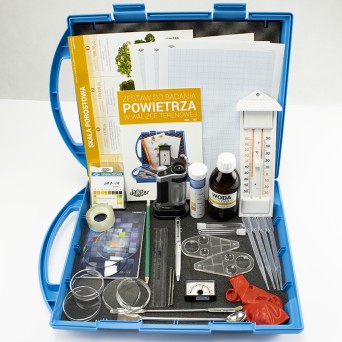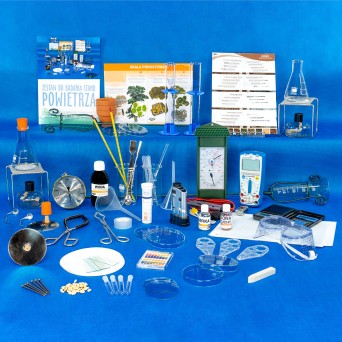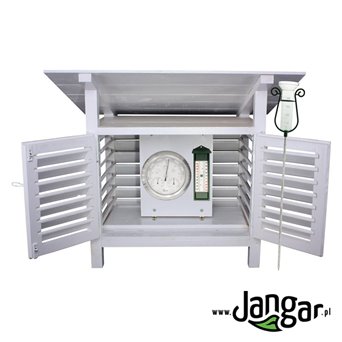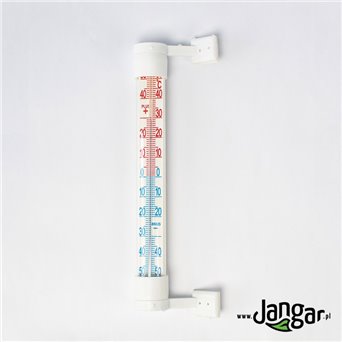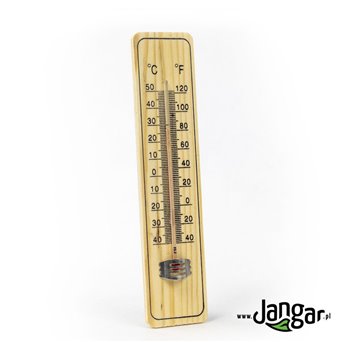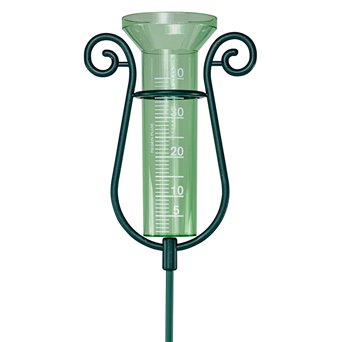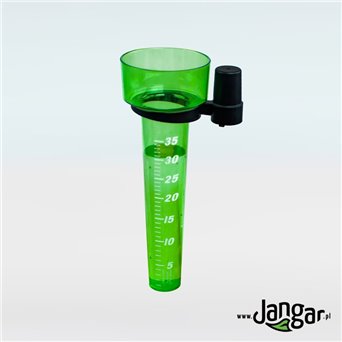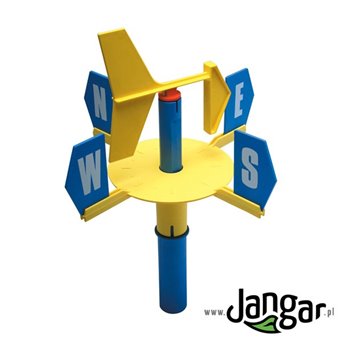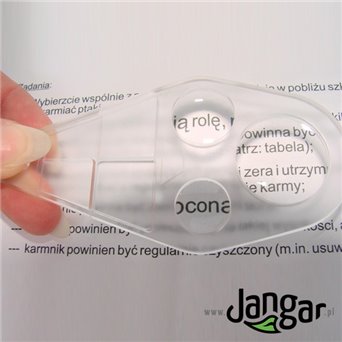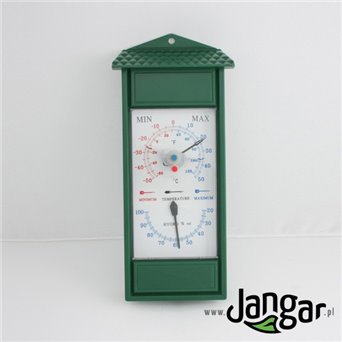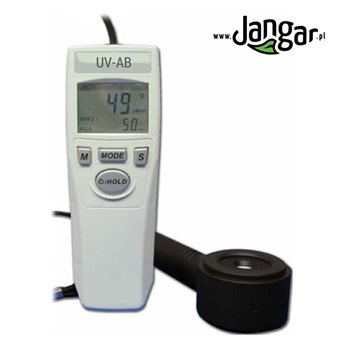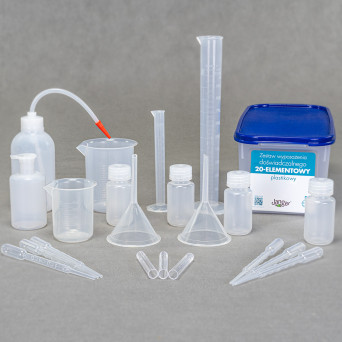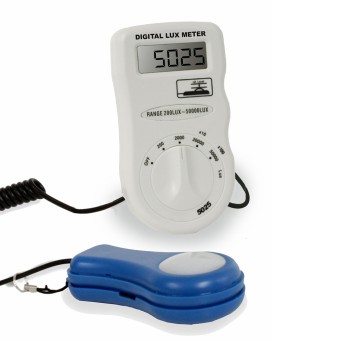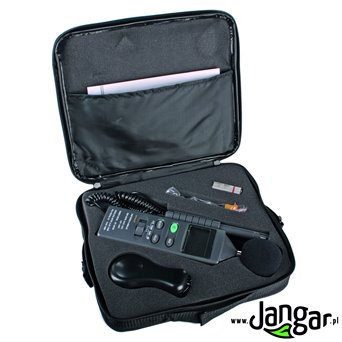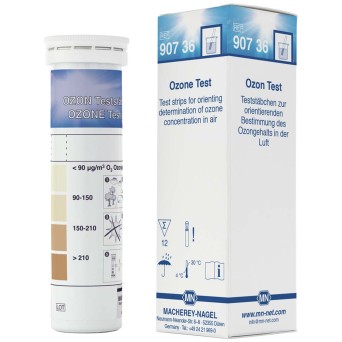
Air Quality Monitoring Tools and Education
The Necessity of Air Quality Monitoring
Monitoring and maintaining air quality are essential for protecting public health and the environment. Understanding and tracking pollutants like particulate matter, nitrogen dioxide, and ozone help identify pollution sources, assess control measures, and ensure safe air for communities. Educating students about these processes instills the importance of environmental stewardship from a young age.
Engaging and Interactive Learning
Using advanced air quality monitoring instruments, such as portable air sensors and data loggers, students can directly measure and analyze the concentration of various pollutants. This hands-on approach captivates students' interest and helps them grasp practical applications of theoretical knowledge. Experimental kits provide structured learning opportunities, guiding students through comprehensive studies of air quality, from measuring particulate matter to detecting gases like nitrogen dioxide and ozone.
Real-World Relevance and Critical Thinking
By using professional-grade instruments, students conduct investigations that mirror the work of environmental scientists, making lessons more meaningful and inspiring potential careers in STEM fields. Analyzing data and drawing conclusions from their experiments develops critical thinking and analytical skills, preparing students for future challenges.
Memorable Learning Experiences
Interactive lessons involving fieldwork, data collection, and analysis create dynamic and exciting educational experiences. These activities not only enhance understanding of air quality but also instill a lifelong curiosity and passion for learning. By integrating high-quality tools and experimental kits into the curriculum, educators can inspire students to become informed and proactive stewards of the environment, emphasizing the necessity of monitoring and caring for our air.
Air Quality Monitoring and Education
Understanding and monitoring air quality are essential for identifying pollution sources, evaluating the effectiveness of air pollution control programs, and ensuring the well-being of both human populations and ecosystems.
Air quality monitoring helps us understand the levels of various pollutants such as particulate matter (PM2.5 and PM10), nitrogen dioxide (NO2), sulfur dioxide (SO2), carbon monoxide (CO), and ozone (O3). These pollutants can have significant adverse effects on human health, leading to respiratory diseases, cardiovascular issues, and other serious health conditions. By tracking these pollutants, scientists and policymakers can identify trends, issue health advisories, and implement regulations to reduce pollution levels.
Air and Education
Educating pupils and students about air quality is vital for creating environmental awareness and promoting public health. Through hands-on activities and real-world applications, students can learn about the sources and impacts of air pollution, as well as the methods used to measure and mitigate it. This practical approach to learning not only enhances students' scientific knowledge but also empowers them to become informed and proactive citizens.
Engaging Students with Hands-On Learning
Educational curricula and programs often recommend various tools and instruments for air quality monitoring and learning. These include portable air quality sensors, which allow students to measure pollutant levels in their local environment, and data logging equipment, which helps track changes over time. By using these instruments, tools, and educational kits and models, students can engage in projects that analyze air quality trends, investigate the effectiveness of pollution control measures, and explore the relationship between air quality and health.
Interactive and Collaborative Learning
When students work with the educational kits, they often engage in collaborative projects that enhance their teamwork and communication skills. Group experiments encourage students to discuss their findings, hypothesize potential sources of pollution, and propose solutions to improve air quality. This collaborative environment not only makes lessons more interesting but also fosters a sense of community and shared responsibility for the environment.
Real-World Relevance and Critical Thinking
By using professional-grade instruments and kits, students can conduct investigations that mirror the work of environmental scientists. This real-world relevance makes lessons more meaningful and can inspire students to pursue careers in science, technology, engineering, and mathematics (STEM). Additionally, analyzing data and drawing conclusions from their experiments helps students develop critical thinking and analytical skills.
Creating Memorable Learning Experiences
The integration of high-quality air quality monitoring tools and experimental kits into the curriculum can create memorable learning experiences that leave a lasting impact on students. Interactive lessons that involve fieldwork, data collection, and analysis make learning dynamic and exciting. These experiences not only enhance students' understanding of air quality and environmental science but also instill a lifelong curiosity and passion for learning.
Real-World Applications
Incorporating learning about air quality into school curriculum enables students connecting their learning to real-world issues. For example, students might conduct a study to compare air quality in different locations, such as urban versus rural areas, or investigate the impact of traffic on local air pollution levels. These projects help students develop critical thinking and problem-solving skills while contributing valuable data to their communities.
CONCLUSION
Air quality monitoring and education are essential components of environmental science that play a critical role in protecting public health and the environment. By integrating these topics into school curricula, we can equip students with the knowledge and skills needed to address air pollution challenges and promote a healthier, more sustainable future.
Using good instruments and experimental kits to investigate the nature of air and its monitoring can significantly enrich educational experiences. By making lessons more interactive, engaging, and relevant to the real world, teachers and educators can inspire students to become informed and proactive stewards of the environment. This approach not only enhances academic achievement but also contributes to the development of a knowledgeable and environmentally conscious generation.





































































































































































































































































































































